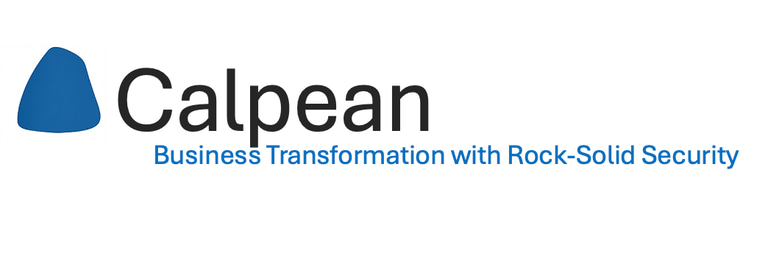Adversaries Are Using AI—Are You Ready to Respond in Time?
While AI helps many companies with automation and to accelerate innovation it’s also being used effectivity by cyber attackers to scale reconnaissance, automate attacks, and evade detection with alarming precision. Given this new emerging threat it’s critical to think about strategies to minimize next generation AI threats
7/3/20252 min read


AI has officially crossed over from promise to problem. Today’s cyber attackers are using AI to scale reconnaissance, automate attacks, and evade detection with alarming precision. Phishing emails now read like messages from trusted colleagues. Malware can rewrite itself mid-execution. And threat actors are using AI to probe your environment for weaknesses faster than your team can even react.
This isn’t just a new tool in the attacker’s toolkit. It’s a fundamental shift in speed, scale, and sophistication—and it’s happening now. For CIOs and CISOs, the challenge is urgent and clear – How do you defend an environment under relentless pressure from intelligent, adaptive threats?
Executives are tuned in but as adoption accelerates, organizations must also weigh the potential threats of using AI-based coding tools in product development. While generative AI coding assistants can significantly boost efficiency, they can also introduce security risks—such as unsafe dependencies, inadvertent data leaks from exposed sensitive information, and the generation of code that is hard to understand, maintain, or audit. These risks, if left unaddressed, can create new openings for adversaries to exploit. According to Gartner:
“92% of CIOs believe AI will be implemented in their organization by 2025 (more than any other technology)
61% of organizations have aligned AI teams and accountability to the CIO.
21% of CEOs say AI is the top disruptive technology, a fear of missing out may drive behaviors” more than structured strategy.
The investment is happening. The urgency is undeniable. But for many organizations, the roadmap to secure AI adoption remains unclear, especially when attackers are already using it against them. It’s tempting to respond to emerging threats by adding more tools. But more technology isn’t always the answer. What’s needed now isn’t just more hardware or software, but a smarter, more cohesive strategy.
This is the moment to pause, step back, and ask the hard questions:
Is your security architecture designed to adapt to AI-driven threats?
Where could adversarial AI exploit gaps in your cloud, identity, or access controls?
Are your AI investments aligned with your real-world security maturity, or are they chasing hype?
And most importantly, Is executive leadership actively driving secure outcomes, or simply pushing for faster AI adoption?
Strategy First. Tools Second: That’s where we come in. We work with CIOs, CISOs, and technology leaders to cut through the noise and focus on what really matters: building a strategy that can stand up to the next generation of threats.
Whether you’re figuring out how AI fits into your detection and access strategy, or just need a fresh perspective on your current security posture, we’re here to help you:
Prioritize real risk
Identify exploitable gaps
Build toward long-term resilience
You don’t need to face this shift alone. The attackers are using AI. It’s time your strategy responded in time.
The threat is evolving. Your approach should too.
For more information on how to implement AI Safely please contact Calpean.
Get in touch
408-398-4778
info@calpean.com
